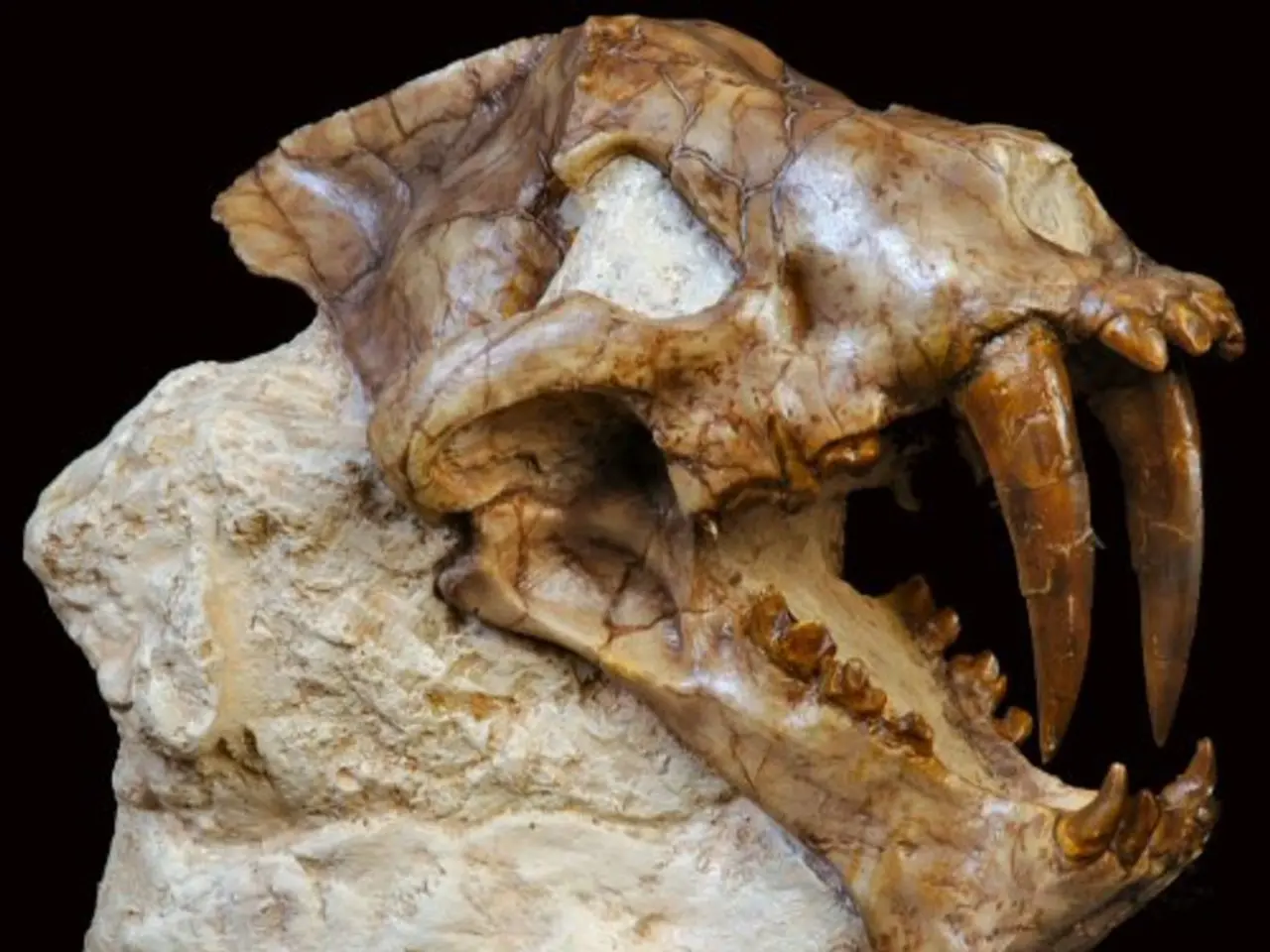Investigative Insights into History's Mysteries
In the quest to understand the Earth's climate millions of years ago, scientists turn to a variety of tools and techniques known as paleoclimate proxies. These methods, which include ice core analysis, sediment core sampling, fossil analysis, geochemical proxies, and more, help scientists piece together the history of our planet's climate system.
One of the key methodologies is Ice Core Analysis. By drilling ice cores from glaciers and polar ice sheets, scientists can uncover trapped air bubbles and isotopic information that offer a direct record of past atmospheric composition, temperature, and greenhouse gas levels over hundreds of thousands of years. Measuring oxygen isotopes, methane, and carbon dioxide concentrations in these layers allows for the reconstruction of climate variations, including temperature and atmospheric gas changes.
Sediment Core Sampling is another crucial technique. Sediments accumulate layer by layer over millions of years in marine, lake, and terrestrial environments. By studying sediment composition, fossil content, isotopic ratios, and mineralogy, scientists can gain insights into past environmental conditions. For instance, marine sediment cores can reveal warming events like the Paleocene–Eocene Thermal Maximum through changes in carbon isotopes and sedimentation rates, reflecting carbon cycle dynamics and climate shifts.
Fossil analysis, particularly of plant fossils like leaves, also plays a significant role in building a picture of past climates. Paleobotanists use the information about stomata, the tiny openings on plant leaves, to build up a picture of climate.
Geochemical proxies, such as isotopes in minerals like zircons, magnetite particles, and carbonates, provide timing (via radiometric dating) and environmental conditions (via isotopic composition) for reconstructing climate and geological changes.
Modern technologies, like genetic algorithms and statistical models, are also being employed to create accurate timelines and improve the interpretation of paleoclimate signals. For example, AstroGeoFit helps in fitting sediment core data and linking climate records from different sites, enhancing the chronology and understanding of paleoclimate signals.
Together, these techniques allow scientists to decipher temperature fluctuations, greenhouse gas concentrations, weathering processes, and climatic events that shaped Earth’s past environments. This multidisciplinary approach offers a comprehensive understanding of our planet's climate history.
For those interested in learning more about this fascinating field, the Science Learning Hub has produced a series of articles using short video resources produced by the Thin Ice team. The film itself, titled Thin Ice - The Inside Story of Climate Science, provides a unique exploration of the science behind global warming and an intimate portrait of a global community of researchers racing to understand our planet's changing climate.
In addition, citizen science projects like Fossil Atmospheres invite the public to participate in the research. By comparing some features of fossilized plants with the same features of plants living today, scientists can learn more about the effect of changing carbon dioxide (CO) levels on our planet's history.
References:
- Zachos, J. C., Pagani, M., Sloan, L. C., Thomas, E., and Billups, K. (2001). Trends, rhythms, and aberrations in global climate 65 Ma to present. Science, 292(5517), 686-693.
- Mayewski, P. A., et al. (2004). Vostok ice core record: the Holocene climate optimum and the medieval warm period. Climate Dynamics, 22(3-4), 207-220.
- Brain, K. L., et al. (2014). Climate change and dinosaur extinction at the end of the Cretaceous. Science, 346(6209), 496-500.
- Liu, Z., et al. (2012). AstroGeoFit: a new method for global correlation of paleoclimate records. Climatic Change, 112(3-4), 505-520.
- Wiedenbeck, T. (2000). Zircon geochronology and the age of the oldest sedimentary record. Geochimica et Cosmochimica Acta, 64(16), 2469-2480.
Read also:
- EPA Administrator Zeldin travels to Iowa, reveals fresh EPA DEF guidelines, attends State Fair, commemorates One Big Beautiful Bill
- Innovative Company ILiAD Technologies Introduces ILiAD+: Boosting Direct Lithium Extraction Technology's Efficiency Substantially
- Nuclear Ambitions at a U.S. Airport Spark Controversy, With Opposition Swelling
- Haval H6 Hybrid Analysis: Delving into Engine Performance and Fuel Efficiency







